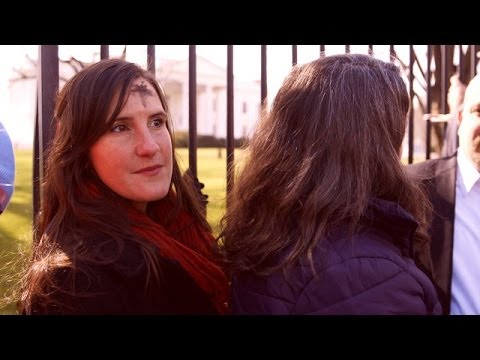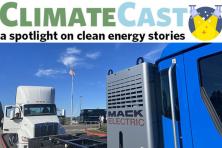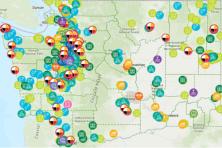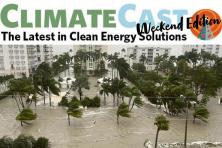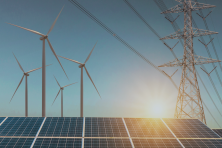Which of these do you think has worse consequences: (1) wrongly denying that a problem exists, or (2) acknowledging the problem, while choosing to keep making the problem worse?
Watching the latest episode of Years of Living Dangerously, it was hard to decide.
In one storyline (“Preacher’s Daughter”), presenter Ian Somerhalder explores Anna Jane Joyner's thorough and dogged attempts to convince her father—a well-known conservative evangelical preacher—that climate change is taking place. She parades expert after climate science expert in front of him. While he clearly loves her dearly, her devotion to solving a problem that he refuses to acknowledge makes their relationship both complicated and tense.
At times, the episode is heart-wrenching to watch, and strengthens my desire to be done debating the science behind climate change—because arguing about it makes it seem like there actually is something to debate. We know, of course, that there isn’t—on that score, we need look no further than today’s release of the third National Climate Assessment, the most comprehensive and extensively reviewed analysis of impacts of climate change on America to date.
But what do you when the denier is your dad?
Leaving us with that family-scale question, Years zooms out to a scale more vast. The episode’s second storyline pivots to the stark, unexplored, melting ice sheets of Greenland; dramatic images of a melting country, and sounds of “ice quakes” as giant sheets fall off the glaciers.
This is the setting for a terrible irony: fossil fuel companies are vying to extract the vast oil reserves under the ice, which have only been made accessible as a result of Arctic melting caused by—you guessed it—the burning of fossil fuels.
As presenter Lesley Stahl makes clear, we shouldn’t touch the stuff—we should leave it beneath the ice. Citing the most recent report from the Intergovernmental Panel on Climate Change (IPCC), Stahl says that we have to keep most of the fossil fuel reserves in the ground if we have a chance of turning back climate disruption.
That’s a serious challenge to our habitual way of life—and for me, serves as a trigger connecting straight back to the realm of the personal. On further reflection, I realize that I’m less interested in the relative demerits of the denying-there’s-a-problem problem and the making-the-problem-worse-on-purpose problem. I’m much more interested in how we break through the noise to those that can see that we have a climate problem, absolutely believe in climate solutions, but are so busy with the many concerns of life that it’s hard to know which way to direct their concern, outrage, alarm, and passion. That’s a problem worthy of deep—and personal—reflection.
